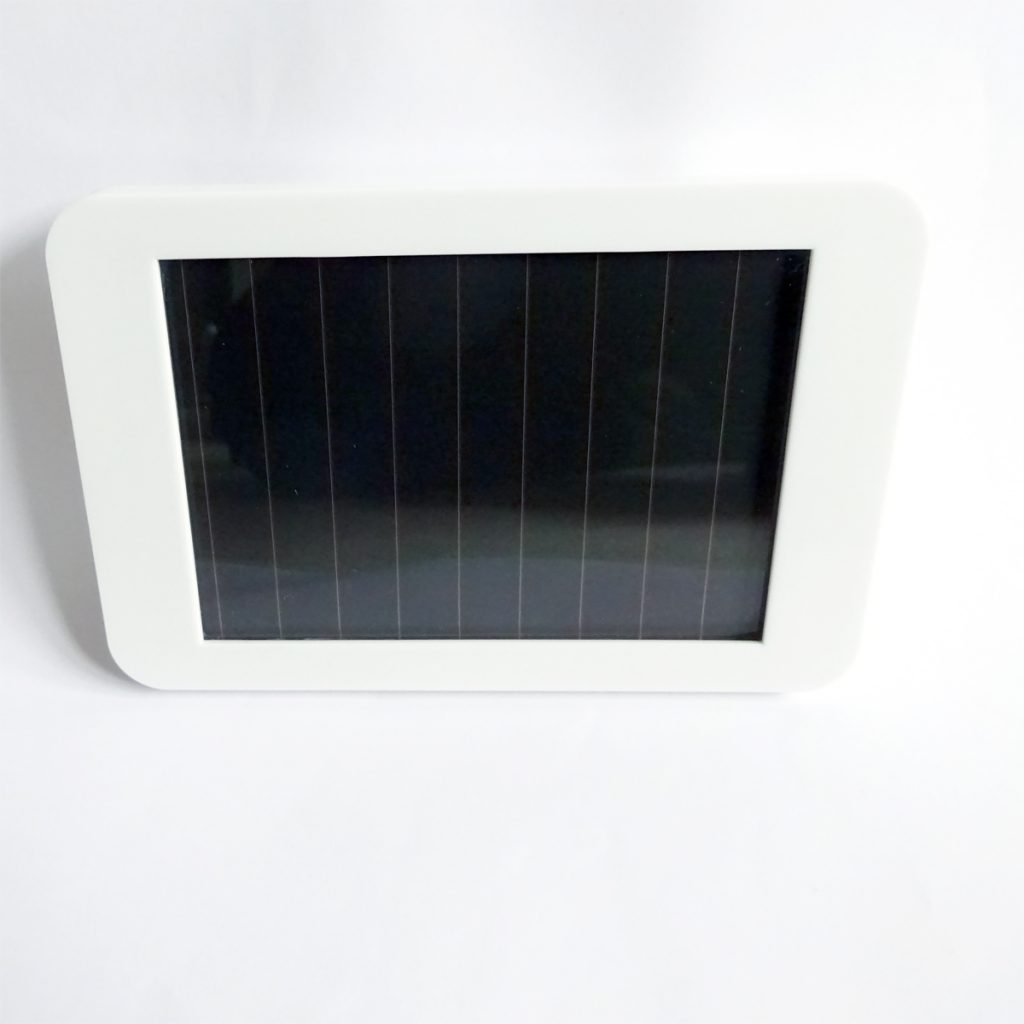While we previously sold solar powered Bluetooth beacons, we have been reflecting on why they never gained widespread adoption.

Cost and Complexity: Solar panels and related hardware add to the cost and complexity of Bluetooth beacons. This makes them more expensive to produce compared to battery-powered alternatives.
Reliance on a Rechargeable Battery: In order to keep working under temporary poor lighting, a rechargeable battery can be included in the design. This battery, itself, has a limited physical lifetime and will eventually need replacing.
Reliability: Solar power is dependent on environmental conditions. Inconsistent sunlight exposure can affect the reliability and performance of the beacons, especially in indoor or shaded areas where they might not receive enough light to function properly or to recharge an internal rechargeable battery.
Limited Use Cases: The primary use case for Bluetooth beacons is in locations where they can consistently operate without frequent maintenance. Battery-powered beacons, with their long-lasting, 5 yr+, batteries, already serve this need effectively. Modern Bluetooth beacons are designed to be highly energy-efficient, lasting a long time on a single battery. This diminishes the need for an additional/alternative power source like solar energy.
Market Demand: The demand for solar-powered solutions in the Bluetooth beacon market was always low. Businesses prefer established and reliable battery-powered beacons, reducing the incentive for companies to invest in solar-powered alternatives.
These factors combined to limit the appeal and practicality of solar-powered Bluetooth beacons, leading to their limited adoption in the market.